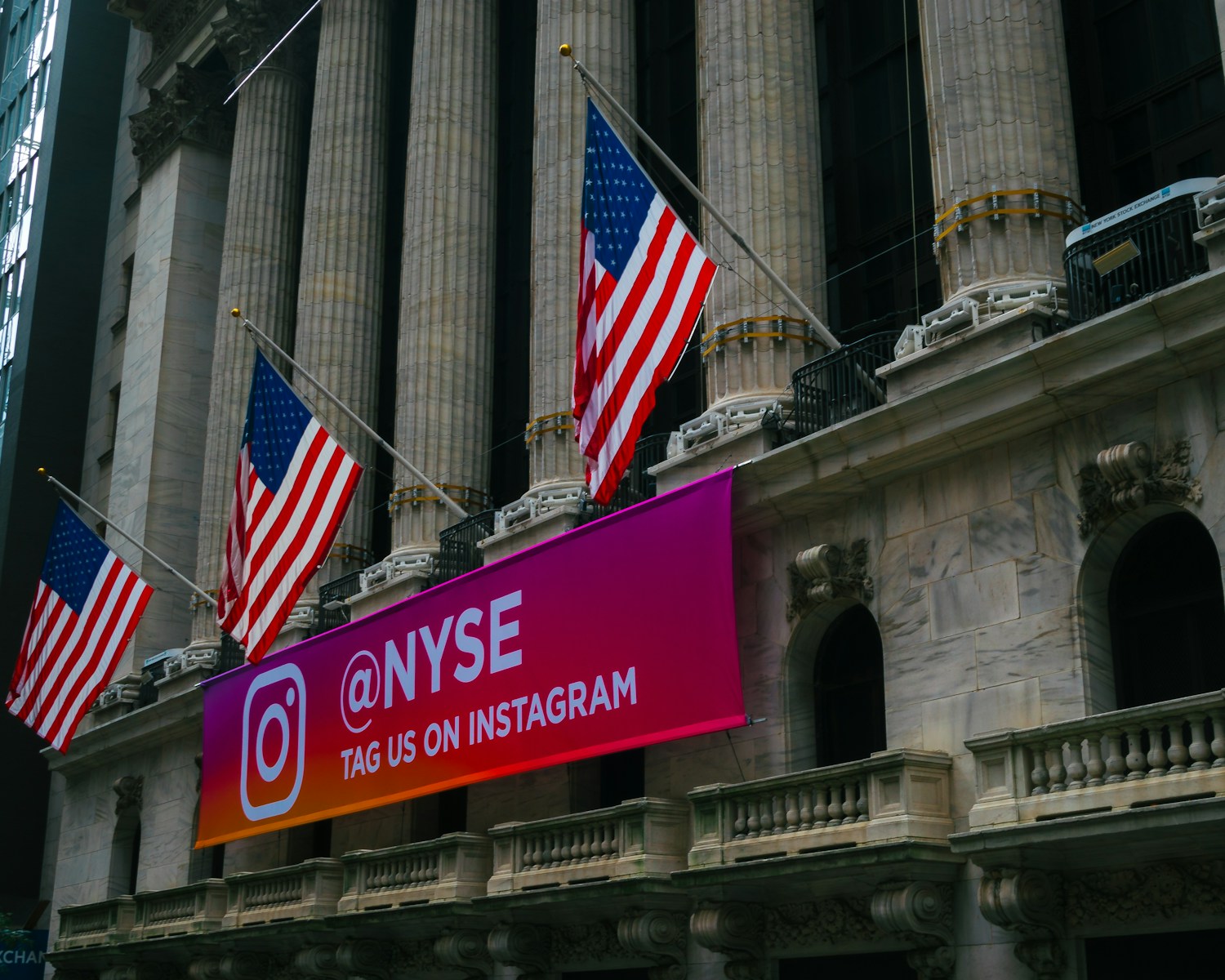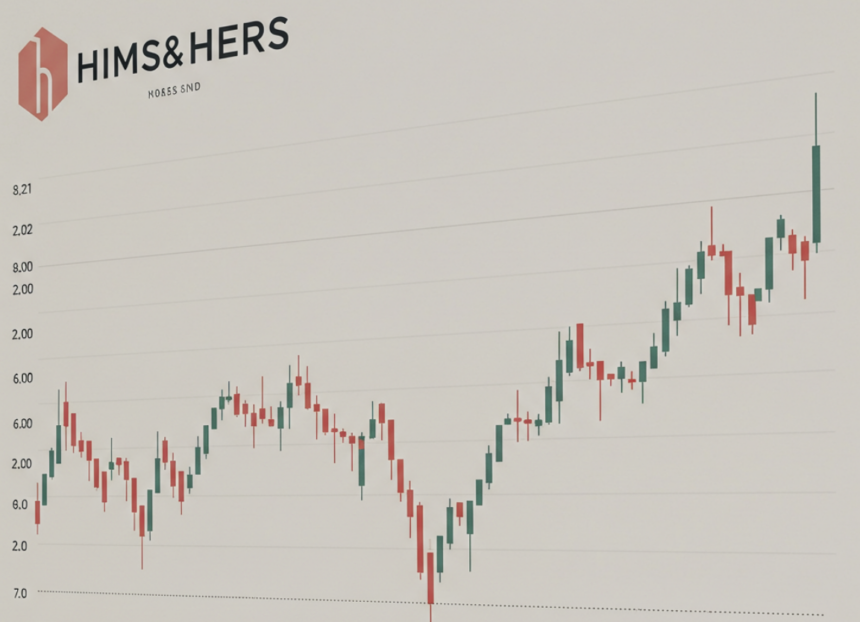Hey Folks, Jeff Bishop here,
Around 1:00 ET yesterday, stock traders felt the ground shift beneath them.
The markets had opened in the red but were trending upward all morning. By noon, the Nasdaq entered positive territory, and the S&P 500 was about breakeven.
But from 1:00 onward, the market tanked. The S&P 500 nosedived 80 points in 30 minutes alone.
There was no headline news to pin it on, but one of my favorite X accounts, The Kobeissi Letter, quickly pointed to the real trigger – a $16 billion U.S. 20-year Treasury bond auction that had flopped hard.
The auction’s high yield landed at 5.047%, higher than the expected 5.035%, showing investors weren’t eager to buy. It was only the second auction in 20-year bond history to have a 5%+ yield.
As a result, Treasury yields shot up — and didn’t stop.
By market close, the 20-year hit 5.121%, the 10-year reached 4.596%, and the 30-year climbed to 5.09%, according to Investing.com.
The bond markets have been making a lot of noise lately, but this time it spilled over to the stock markets: The S&P 500 closed the day down 1.61%, the Nasdaq 1.41%, and the Dow 1.91%.
Why did stock traders care?
For starters, higher yields mean borrowing costs go up, and that slows down economic growth. That’s bad news for stocks, especially growth stocks that rely on cheap money to fuel expansion.
Plus, when yields rise, investors may ditch equities for the safety of bonds, draining money from the stock market.
The S&P 500 had been on a hot streak earlier in May, fully erasing yearly losses. It even hit a recent peak of 5,960. But this yield spike wiped out 100 points in a flash.
For stock traders, the message is clear: what happens in the bond market doesn’t stay there — it can hit your trades hard.
Behind the yield jump are big-picture issues…
The U.S. budget deficit has ballooned to 6.4% of GDP, way up from the 2.57% average between 1948 and 2023. Inflation fears are also brewing thanks to the ongoing trade war.
President Trump’s “big, beautiful” tax bill passed the House this morning and is expected to add $3.8 trillion to the national debt over the next decade. So much for government efficiency 🤷🏻.
And then there was Moody’s downgrading the U.S. credit rating on Friday, joining the other “big three” firms that had downgraded the U.S. years earlier.
Jerome Powell isn’t helping either. He’s refusing to cut rates despite Trump’s pressure, keeping the Fed’s benchmark at 4.25%-4.50%. That keeps yields high, putting more pressure on stocks.
Trump’s tariff plans have already shown how the bond market can call the shots. On April 2, a.k.a. “Liberation Day,” he announced steep tariffs, but by April 9, with yields spiking and the bond market wobbling, he paused them for 90 days.
Globally, things aren’t much better. Japan’s 30-year bond yield has soared to a record 3.165%, up 100 points since April and showing no signs of stopping…
That could easily have a cascade into the U.S. since Japan is the largest holder of US government bonds globally. It’s not out of the question that Japan could sell some of those holdings to shore up the yen — which would raise U.S. yields even further.
The markets seem to have calmed down a bit today, but the VIX is up 20% over the last five days, so stay on guard.
For stock traders, the takeaway here is simple: keep your eyes on yields, even if you don’t trade bonds. The bond market may drive the stock market’s next move, and with uncertainty this high, more swings are likely.
Stay sharp — your trades depend on it.
To Your Success,
Jeff Bishop








